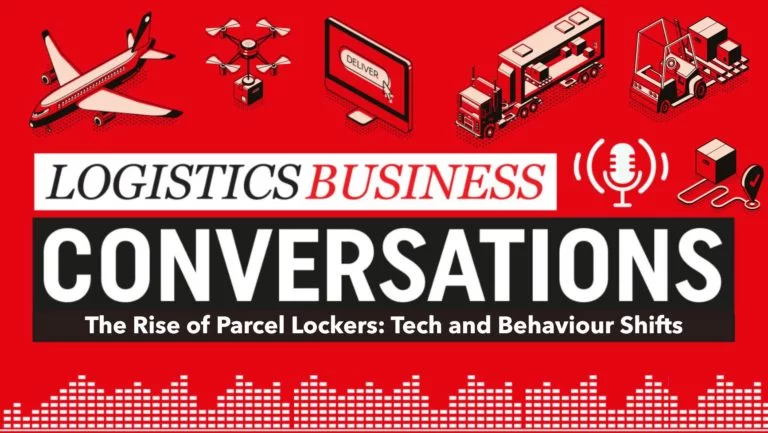New safety and impact protection equipment from specialist Brandsafe has been specified for a major new warehouse and distribution centre in London.
The move sees the UK based company supplying a range of its high-quality safety and protection equipment to online retailer Amazon’s 180,720 sq. ft. multi-storey site in Neasden. This includes products designed to facilitate pedestrian and parking safety while improving vehicle traffic routing and calming for the site. The work also involves Brandsafe, which is working on the product specification side with project architects SMR Architects, providing consultancy and project design, together with a comprehensive package of aftersales service support.
The Neasden site is part of on-going plans by Amazon to upgrade its international distribution infrastructure to improve its operations and boost deliveries to millions of customers. Several sites across the UK and Europe are either under new construction or being upgraded to provide state-of-the-art centres to meet the current and future operational requirements.
Hundreds of items of impact protection products, including Armco safety barriers featuring integrated safety ends, corners and post caps together with pedestrian safety handrails, column protectors, bollards, speed bumps and flexible traffic delineators, are among a package of equipment being installed onsite by Brandsafe’s service team. Security caging, fencing, gate posts and panels have also been supplied.
The equipment is manufactured at the company’s Milton Keynes site and sees close cooperation between product supplier and contractor teams as part of an extensive scope of work to provide added safety planning services and expertise. The project is the latest success for Brandsafe, which has produced a strong business performance in the last three years on the back of significant contract wins and a focus on new product development and introductions.
Paul Roehricht, UK strategic account manager, said this is another success and boost for Brandsafe, reflecting its growing reputation as one of the UK’s leading suppliers of warehouse and distribution safety and impact protection products and integrated systems.
He said: “This project shows how we continue to meet the requirements of our global customers, adding value in the process through bespoke planning and consultancy services. It also vindicates our continued investment in building our capability and expertise to be able to deliver time critical, complex and high-profile contracts.”













